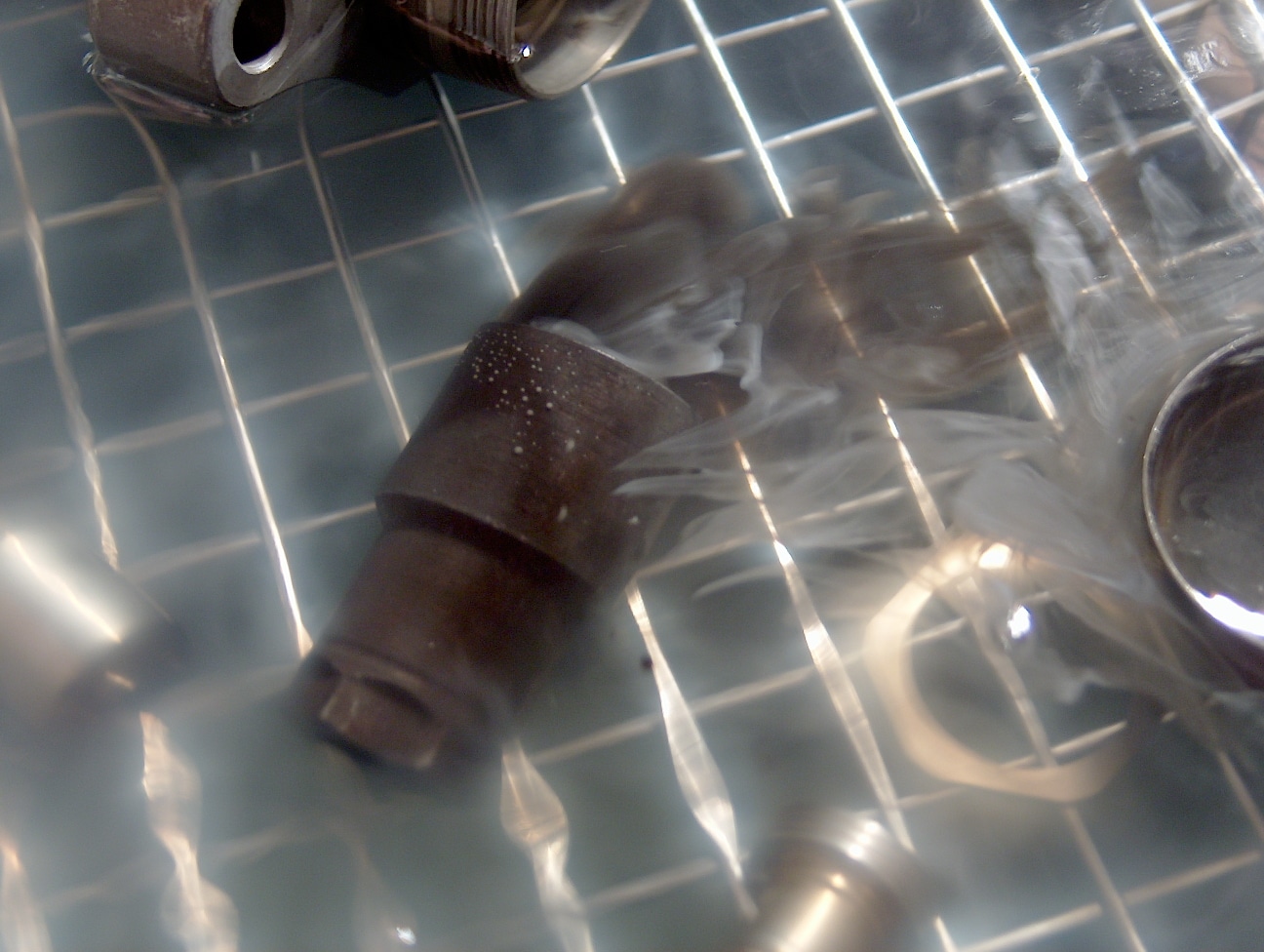Aqueous Parts Cleaning with Water-based Detergents
Aqueous parts cleaning systems use water-based soaps to gently remove contaminants from parts. These systems must include ultrasonics or agitation of some kind to help the cleaning fluid do its job. All aqueous cleaning operations include the following 3 stages:
- Cleaning Stage: This is where the dirt is removed. Ultrasonics and/or agitation is included to gently scrub the surface clean.
- Rinsing Stage: This is the stage where the detergents used in the cleaning stage are removed. The quality of the water used in this stage is an important consideration.
- Drying Stage: In this stage, the parts are dried, removing the rinse water that was used in the rinsing stage.
Although the descriptions above seem straightforward, there are many things to consider in each stage.
- Cleaning fluid selection is very important. The only way the parts will be cleaned is if the proper cleaning fluid is used.
- If you need zero-residue cleaning results, then purified deionized water will be needed in the rinsing stage.
- Zenith can provide all of the equipment needed to get the results you need.
- Choosing the correct ultrasonic frequency for your application is also important. Different frequencies provide different scrubbing patterns. Improper frequency selection can lead to inconsistent or incomplete results.
There are many other things that need to be considered, and Zenith can guide you in making the proper choices

Advantages of Aqueous Parts Cleaning
Aqueous parts cleaning has many advantages over solvent-based cleaning machines, which include:
- Using biodegradable cleaning fluids: Using these fluids allow for less expensive cleaning fluid disposal, and protect the environment.
- Lower initial cost: Solvent-based machines, such as vapor degreasing equipment, cost significantly more than an aqueous cleaning system.
- Lower operating costs: Solvents are typically more costly to purchase and dispose of.
- Better cleaning results: In the majority of cases, the cleaning results you can expect from a properly-designed aqueous process is better than you could expect from a solvent-based cleaner.
- Better operator safety: Aqueous cleaning fluids are much safer to use than solvent-based cleaning systems.
- Less odor and emissions: Water-based cleaning fluids emit only water into the work environment rather than dangerous chemical odors.
The advantages of aqueous parts cleaning listed above are the reason why aqueous parts cleaning is the most popular method for cleaning parts.
Aqueous Parts Cleaning System Choices at Zenith
Zenith offers many cleaning systems to satisfy your specific needs. Even though the aqueous parts cleaning process includes the 3 stages detailed above, you may not need all 3 stages. Perhaps you already have rinsing and drying at your disposal, or perhaps you do not need to dry your parts. In any event, Zenith can provide you with the equipment you need to get the job done.

